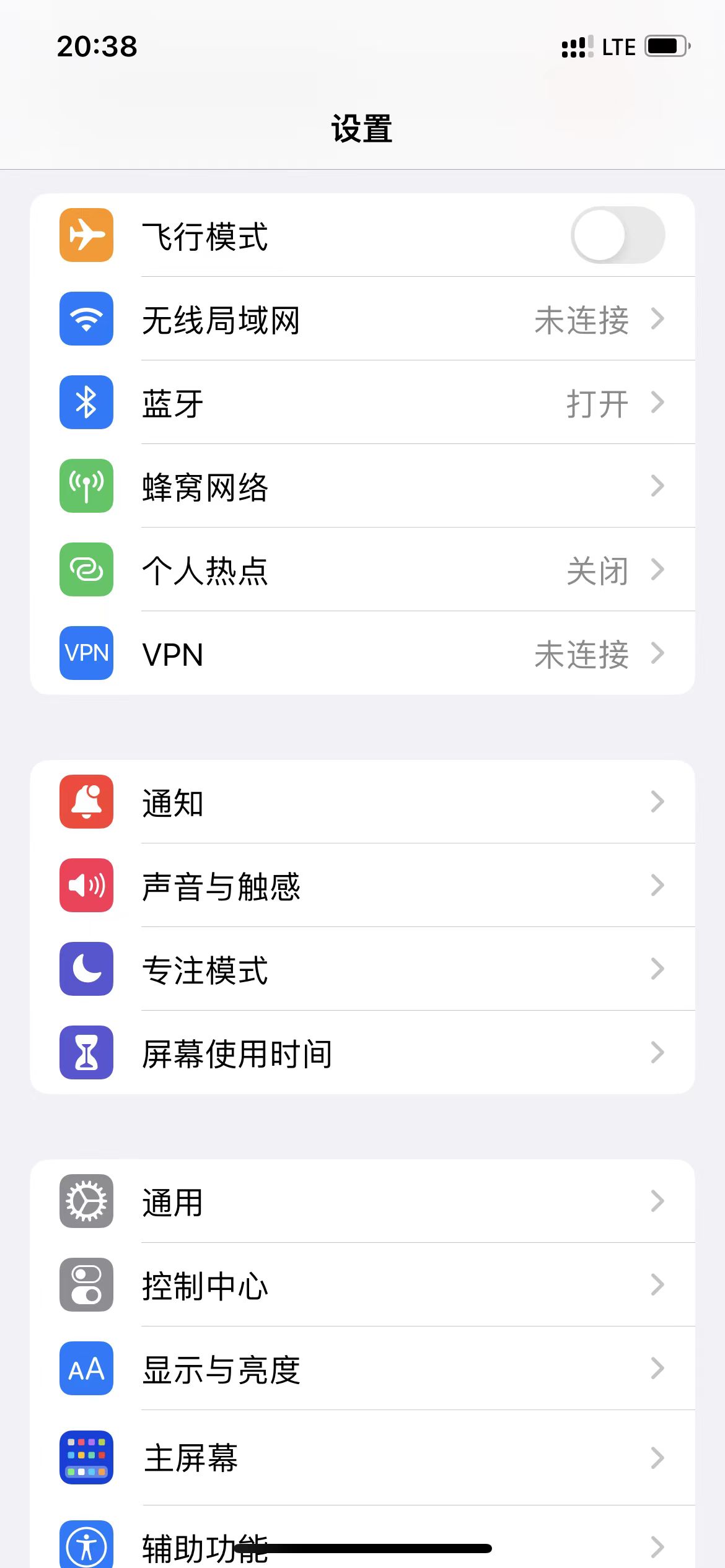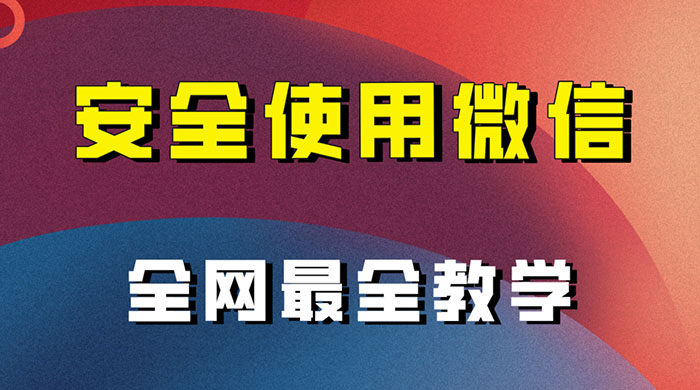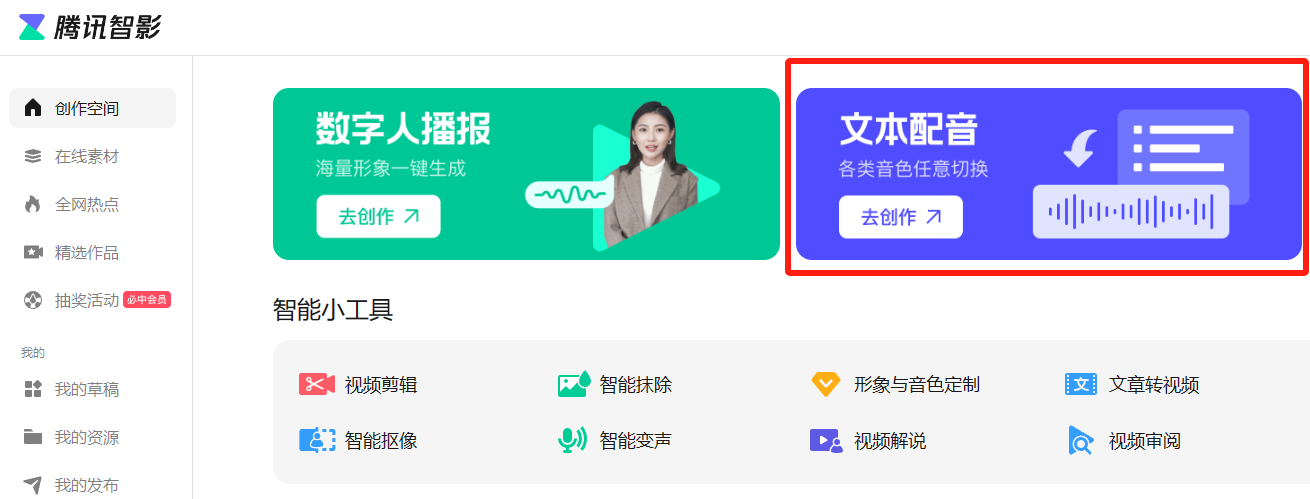摘要
你想要掌握stream生产流水线的每一个实际操作,那么就要用到Peek。它可以让你在实际操作前后查看流中的元素。试试用forEach打印出实际操作的结果吧!
正文
Stream中的Peek实际操作
假如你尝试热对流实际操作中的生产流水线开展调节, 掌握stream生产流水线每一个实际操作以前和实际操作以后的正中间值, 该如何去做?
1 /** 2 * @author lyh 3 * @version v-1.0.0 4 * @since 2021/5/28 5 */ 6 public class PeekTestOne { 7 public static void main(String[] args) { 8 List<Integer> list = Arrays.asList(4, 7, 9, 11, 12); 9 list.stream() 10 .map(x -> x 2) 11 .filter(x -> x % 2 != 0) 12 .limit(2) 13 .forEach(System.out::println); 14 } 15 } 16 輸出結果以下: 17 9 18 11
能够很显著的看得出, 一旦启用了forEach实际操作, 全部流便会修复运作.并不可以非常好的协助大家掌握Stream生产流水线中的每一个实际操作(如:map,filter,limit等)造成的輸出.
再看来一个事例
1 /** 2 * @author lyh 3 * @version v-1.0.0 4 * @since 2021/5/28 5 */ 6 public class PeekTestTwo { 7 public static void main(String[] args) { 8 Stream<Integer> stream = Arrays.asList(4, 7, 9, 11, 12).stream(); 9 stream.peek(System.out::println); 10 11 } 12 } 13 这一段编码是想打印出stream中的值,却沒有一切輸出.
正中间实际操作是生产流水线中的数据信息开展生产加工的, 它是一个懒实际操作, 并不会立刻实行, 必须等候有停止实际操作的情况下才会实行.
停止实际操作是Stream的运行实际操作, 当有停止实际操作的情况下, Stream才会真真正正的逐渐实行.
因而, 这儿能够表述上边的peek实际操作是一个正中间实际操作, 因此沒有一切輸出.
1 /** 2 * @author lyh 3 * @version v-1.0.0 4 * @since 2021/5/28 5 */ 6 public class PeekTestThree { 7 public static void main(String[] args) { 8 List<Integer> list = Arrays.asList(4, 7, 9, 11, 12); 9 list.stream() 10 .peek(x -> System.out.println("stream: " x)) 11 .map(x -> x 2) 12 .peek(x -> System.out.println("map: " x)) 13 .filter(x -> x % 2 != 0) 14 .peek(x -> System.out.println("filter: " x)) 15 .limit(2) 16 .peek(x -> System.out.println("limit: " x)) 17 .collect(toList()); 18 } 19 } 20 輸出結果以下: 21 stream: 4 22 map: 6 23 stream: 7 24 map: 9 25 filter: 9 26 limit: 9 27 stream: 9 28 map: 11 29 filter: 11 30 limit: 11 31 32 Process finished with exit code 0
1 /** 2 * @author lyh 3 * @version v-1.0.0 4 * @since 2021/5/28 5 */ 6 public class PeekAndMapTestOne { 7 public static void main(String[] args) { 8 Arrays.asList("a","b") 9 .stream() 10 .peek(x -> x.toUpperCase()) 11 .forEach(System.out::println); 12 } 13 } 14 輸出: 15 a 16 b 17 18 Process finished with exit code 0
应用map实际操作流,流中的原素有更改。
1 /** 2 * @author lyh 3 * @version v-1.0.0 4 * @since 2021/5/28 5 */ 6 public class PeekAndMapTestTwo { 7 public static void main(String[] args) { 8 Arrays.asList("a","b") 9 .stream() 10 .map(x -> x.toUpperCase()) 11 .forEach(System.out::println); 12 } 13 } 14 輸出: 15 A 16 B 17 18 Process finished with exit code 0
能够根据上边2个事例看得出,map实际操作是对原素开展了变换。
留意:peek对一个目标开展实际操作的情况下,目标不会改变,可是能够更改目标里边的值.以下:
1 /** 2 * @author lyh 3 * @version v-1.0.0 4 * @since 2021/5/28 5 */ 6 @Getter 7 @Setter 8 @AllArgsConstructor 9 @ToString 10 public class Person { 11 12 private String id; 13 private String name; 14 15 } 16 ---------------------------------------------------------------------------- 17 /** 18 * @author lyh 19 * @version v-1.0.0 20 * @since 2021/5/28 21 */ 22 public class PeekAndMapTestThree { 23 public static void main(String[] args) { 24 Arrays.asList(new Person("001","zs"),new Person("002","ls")) 25 .stream().peek(p -> p.setId("000")).forEach(System.out::println); 26 } 27 } 28 輸出: 29 Person(id=000, name=zs) 30 Person(id=000, name=ls) 31 32 Process finished with exit code 0
peek的界定
1 Stream<T> peek(Consumer<? super T> action);
peek方式 接受一个Consumer的入参. 掌握λ关系式的应当搞清楚 Consumer的完成类应当只有一个方式 ,该方式 回到种类为void. 它仅仅对Stream中的原素开展一些实际操作,可是实际操作以后的数据信息并不回到到Stream中,因此Stream中的原素或是原先的原素.
map的界定
1 <R> Stream<R> map(Function<? super T, ? extends R> mapper);
map方法接受一个Function做为入参. Function是有传参的, 这就表明map对Stream中的原素的实际操作結果都是会回到到Stream中来.
感觉该文非常好, 关注点赞 分享 关心, 自己特别感谢!








评论0